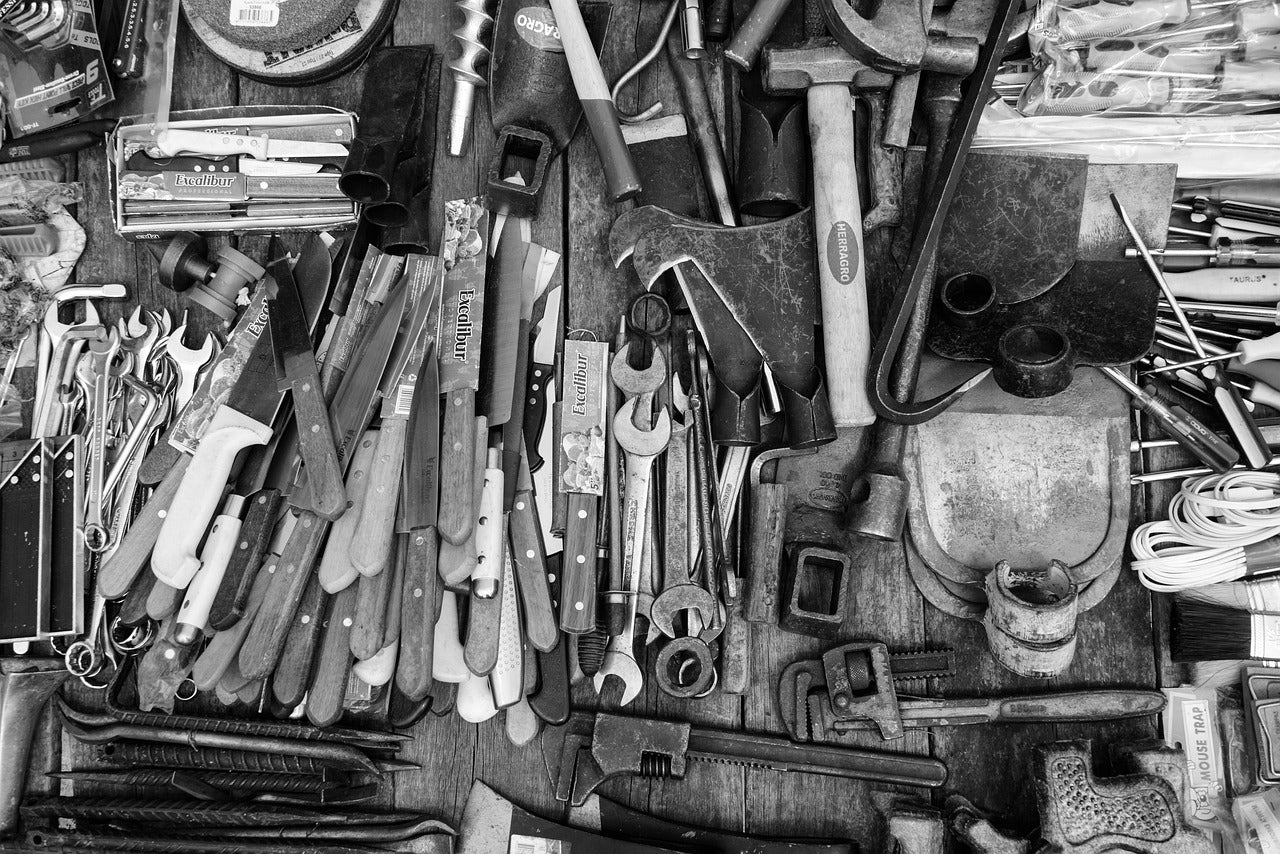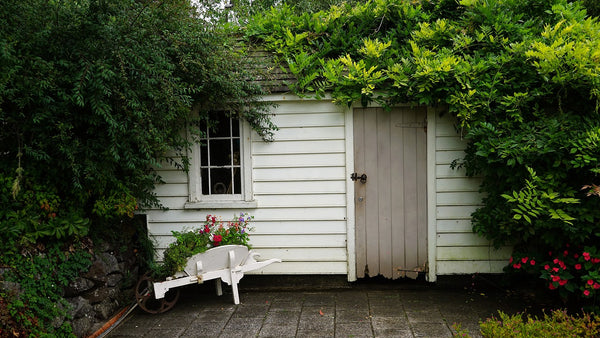1-800-540-9051
Info@HomesteadSupplier.com
Mon-Fri 7am-3pm Pacific Time
1-800-540-9051
Info@HomesteadSupplier.com
Mon-Fri 7am-3pm Pacific Time

Building a shed on skids is a practical and cost-effective way to lay a strong foundation for your outdoor structure.
In this article, we'll outline the entire process, from site preparation and material gathering to laying gravel, positioning skids, installing floor joists, and securing the flooring. Our expert insights will guide you through each step, enabling you to achieve a professional-quality foundation that stands the test of time.
Whether you are a seasoned builder or a first-time DIYer, this guide on how to build a shed on skids is tailored to simplify your project and enhance your building experience.
What this article covers:Building a shed floor on skids starts with a few preparatory steps and careful execution. Here's how to get it done effectively:
For a successful shed floor installation on skids, ensure you have the following tools and materials ready:
Gathering these items beforehand will streamline your building process, allowing you to focus on constructing a sturdy shed floor without having to pause for missing components.
We would also recommend learning how to protect underside of shed floor before beginning this process.
Clear and level the area where you want to install the shed. Remove any vegetation, rocks, and debris.
After putting it to the test, we find that staking out the measured dimensions of your shed plus an additional 12 to 24 inches for working space around the edges greatly helps in maintaining accuracy throughout the process.
Once the site is prepped, roll out landscape fabric to inhibit weed growth. Over this, spread a 4-inch layer of gravel. Thoroughly compact the gravel to form a stable and level base for the skids.
In our experience, this foundation is not only crucial for supporting the weight of the shed but also ensures proper drainage, which prevents structural issues down the line.
Lay down the skids in alignment with your shed's planned dimensions. They should run parallel to each other, spaced according to the size and design of your shed.
Use a level to check that each skid is perfectly horizontal. Adjust the gravel underneath as needed to correct any unevenness. This step is fundamental to ensure that the load is evenly distributed across the floor.
With the skids in place, proceed to install the floor joists. Position them perpendicular to the skids at intervals dictated by your local building codes or shed plans, usually every 12 to 16 inches.
Secure each joist to the skids using galvanized screws or nails to prevent rust and corrosion. This creates the framework for your shed's flooring, providing structural integrity and support.

Select a suitable flooring material that is cut to fit the dimensions of your frame. Make sure that the material you choose has your desired shed floor weight capacity.
All of our shed kits have the option to come with a floor kit made from highly durable materials so that you don't have to worry about dimensions or cutting.
Attach the flooring to the joists and skids, ensuring that all edges are aligned with the joists to enhance the floor's stability. Stagger the seams of the plywood sheets to increase the overall strength of the floor, a technique proven to resist wear and tear effectively.
Finally, anchor the skids to the ground using robust ground anchors. Whether you choose cable tie-downs or concrete anchors, securing the skids is vital to prevent the shed from shifting due to wind or uneven load distribution.
This last step fortifies your shed's placement, giving you peace of mind about its stability and safety.
By preparing your site meticulously, laying a solid gravel foundation, positioning and leveling the skids accurately, installing the floor joists, securing the flooring, and finally anchoring the structure, you have ensured that your shed stands on a robust and stable foundation.
Each step you've taken contributes to the longevity and functionality of your shed, providing a dependable space for storage or projects.
Ready to start your shed project with top-quality materials? Visit Homestead Supplier today to find all the supplies you need for a successful build!

Pressure-treated lumber is ideal for skids due to its resistance to decay and insects. Common choices include Southern Yellow Pine or Douglas Fir which has been treated to be suitable for ground contact.
While gravel is recommended for its drainage properties and stability, crushed stone or sand can also be used as alternatives. These materials still provide good drainage and compact well, but make sure they are leveled and compacted properly to prevent settling.
Can you put a shed straight onto concrete? Yes, you can place a shed directly on a concrete slab, which offers a solid, durable foundation.
Ensure the slab is level and properly cured before installation. This type of foundation is ideal for heavier or more permanent structures, providing excellent stability and minimal maintenance.
Did our blog meet your needs? You might also find our other guides helpful:
Compare products
{"one"=>"Select 2 or 3 items to compare", "other"=>"{{ count }} of 3 items selected"}
Leave a comment